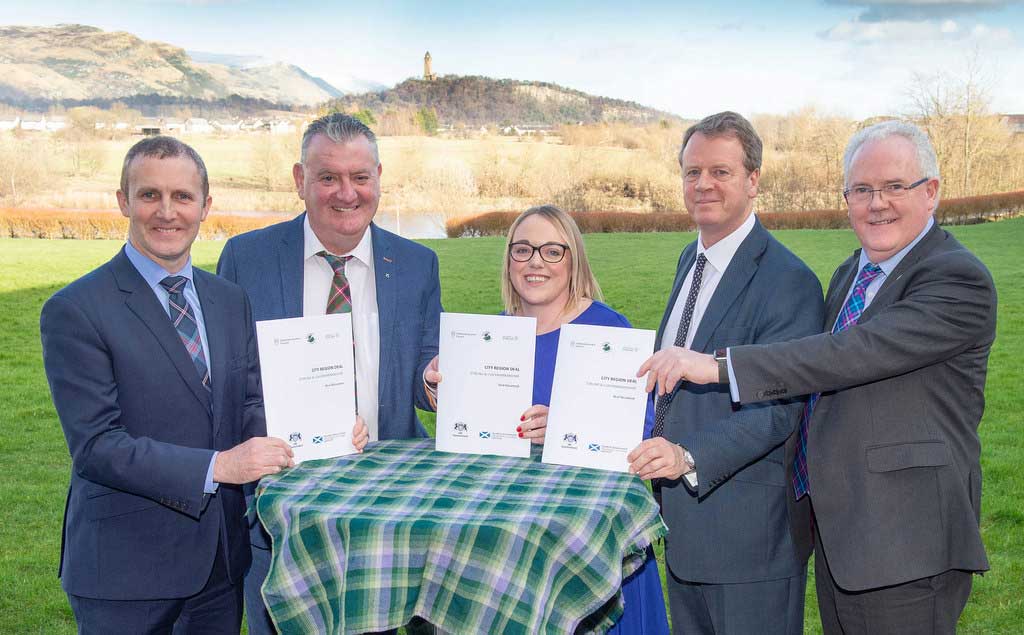CRD Partners

Clackmannanshire Council
Clackmannanshire Council is a multi-million pound local authority which delivers a wide range of services for communities across Clackmannanshire and aims to deliver these services to its 51,000 citizens, to the best possible standard. To achieve this, the Council is innovative, transparent and collaborative, working in partnership with other organisations to achieve goals and maximise the impact of its work.
Clackmannanshire Council consists of 5 wards, each represented by 3 or 4 elected members. It is run by an SNP administration, with Councillor Ellen Forson as the Leader of the Council. Members of Clackmannanshire Council are elected by the citizens of Clackmannanshire and are responsible for representing the interests of the local community. Elected members are accountable to the public for the provision of quality services, for establishing the Council’s policy framework and for decisions taken at Council and committee meetings. Elected members consult and are consulted by their constituents on a wide range of concerns.
The Council is committed to improving the lives of everyone who lives, works and visits Clackmannanshire. It is also committed to improving engagement with employees, residents, communities and other stakeholders, and in doing so, developing and modernising the way services are provided. The Council is an accredited Living Wage employer, working closely with Trade Unions on all aspects of employment, and adopting and promoting flexible working practices.
The City Region Deal is an agreement between Clackmannanshire Council, Stirling Council, the University of Stirling, Scottish Government and UK Government which is designed to unlock sustainable economic growth opportunities across the region, deliver new and up-skilled jobs across a range of sectors and drive positive social impact across communities. In September 2016 the leaders of Clackmannanshire Council and Stirling Council made a joint commitment to a City Deal for the region, working together to develop a single, clear, consistent bid. An investment of £90.2 million from both Scottish and UK Governments was announced.
Clackmannanshire is the smallest mainland county in Scotland, bordering council areas of Stirling, Fife and Perth & Kinross and, with close links to both Edinburgh and Glasgow, the region holds a wealth of economic opportunity which the City Region Deal will utilize.
Stirling Council
Stirling Council serves more than 94,000 residents and a thriving business community in area that stretches from the scenic Campsie Fells to the vibrant city of Stirling and the outstanding natural landscape of the Trossachs.
Stirling is steeped in history having first being declared a Royal Burgh in the 12th century. The nation’s most cherished landmarks are found here, including the National Wallace Monument and Stirling Castle, making Stirling alive with history and culture while a growing modern artistic scene nurtures new creative talent.
The Council area includes a diverse mix of urban and rural communities, as well as Loch Lomond & The Trossachs National Park with some of the most beautiful scenery and varied outdoor pursuits in Scotland.
Equidistant to both Glasgow and Edinburgh, Stirling is ideally situated for business as well as a place to live, work study and visit. Stirling has a strong reputation as a business and investment location and hosts some of the UK and Europe’s innovative science and technology businesses, including Codebase, the UK’s largest Technology Incubator.
Stirling Council’s vision is to be a more responsive local authority that works positively with employees, partners and communities to deliver on key priorities and ensure the best possible outcomes for everyone who lives in the Stirling area.
Within the framework of the Council’s 10-year Thriving Stirling strategy we are transforming our services to ensure we have the right mix of skills, flexibility and capacity for change, whilst making sure we continue to improve the quality of our core services.
The Council is committed to continuing to enhance the way it engages with employees, residents and other key stakeholders, which include the public, private, voluntary and community sectors.
Stirling aims to be a place where everyone can thrive.
The University of Stirling
Situated within the walled Airthrey Castle estate, one of the UK’s top 20 heritage sites of the 20th century, the University of Stirling was founded by royal charter in 1967. The university campus is approximately 360 acres in size, incorporating the Stirling University Innovation Park and the Dementia Centre. The campus is located in the foothills of the Ochil Hills. Stirling was the first new university to be established in Scotland for nearly 400 years and boasts 14,000 full and part time students. The University is organised into five faculties, namely Arts and Humanities, Health Sciences and Sport, Natural Sciences, Social Sciences and the Stirling Management School.
The Pathfoot Building, was completed in 1968 and originally housed lecture theatres, offices and classrooms in addition to the iconic ‘crush hall’. The building was extended in 1979 to include a Tropical Aquarium and again in 1987 to include a Virology Unit associated with the university’s Institute of Aquaculture.
In 1970, the Cottrell Building followed, comprising two parallel buildings, crossed link corridors and courtyard gardens. The University Library, Atrium and MacRobert Centre were housed in an adjoining building, the Andrew Miller Building, which was completed in 1971.
In 1982 a department of Business studies was set up as well as the Institute of Aquaculture, a research institute specialising in fish farming and genetics, which is a key contributor the City Region Deal. The R.G. Bomont Building housing the Faculty of Social Science, was completed in 1998. The Iris Murdoch building was opened in 2002 to house The Dementia Services Development Centre, and the Colin Bell Building was completed in 2003.
The University is currently undergoing major modernisation to update and enhance the Campus infrastructure and student experience.